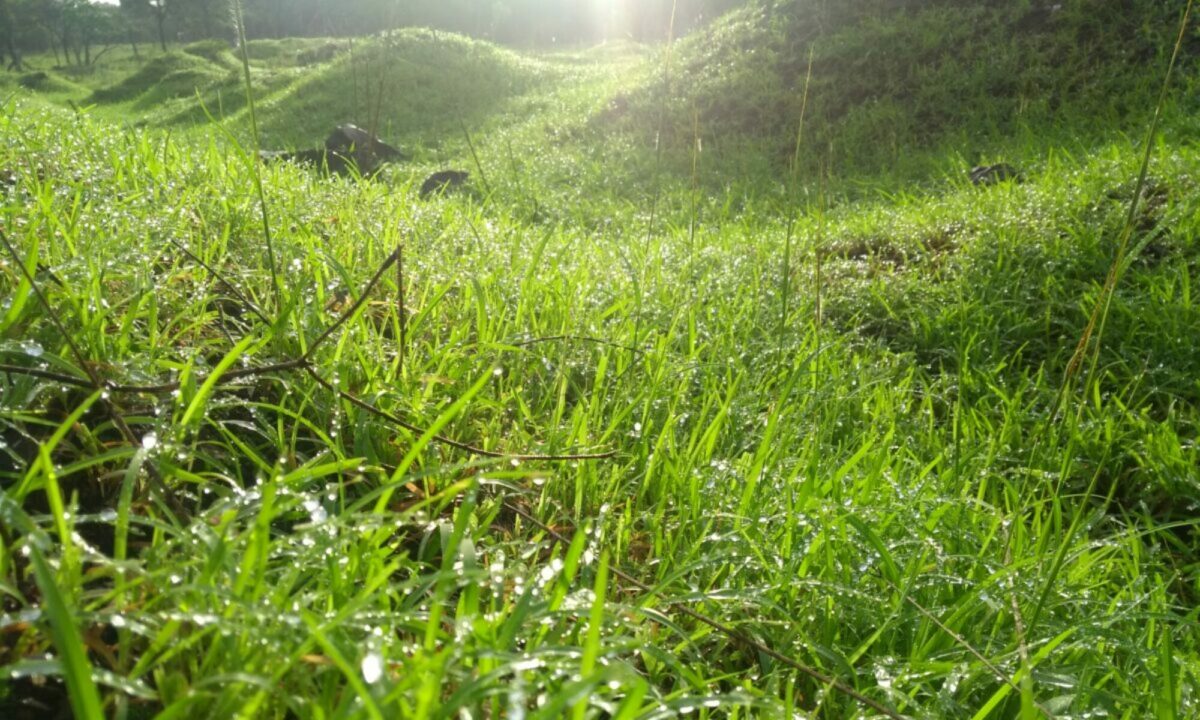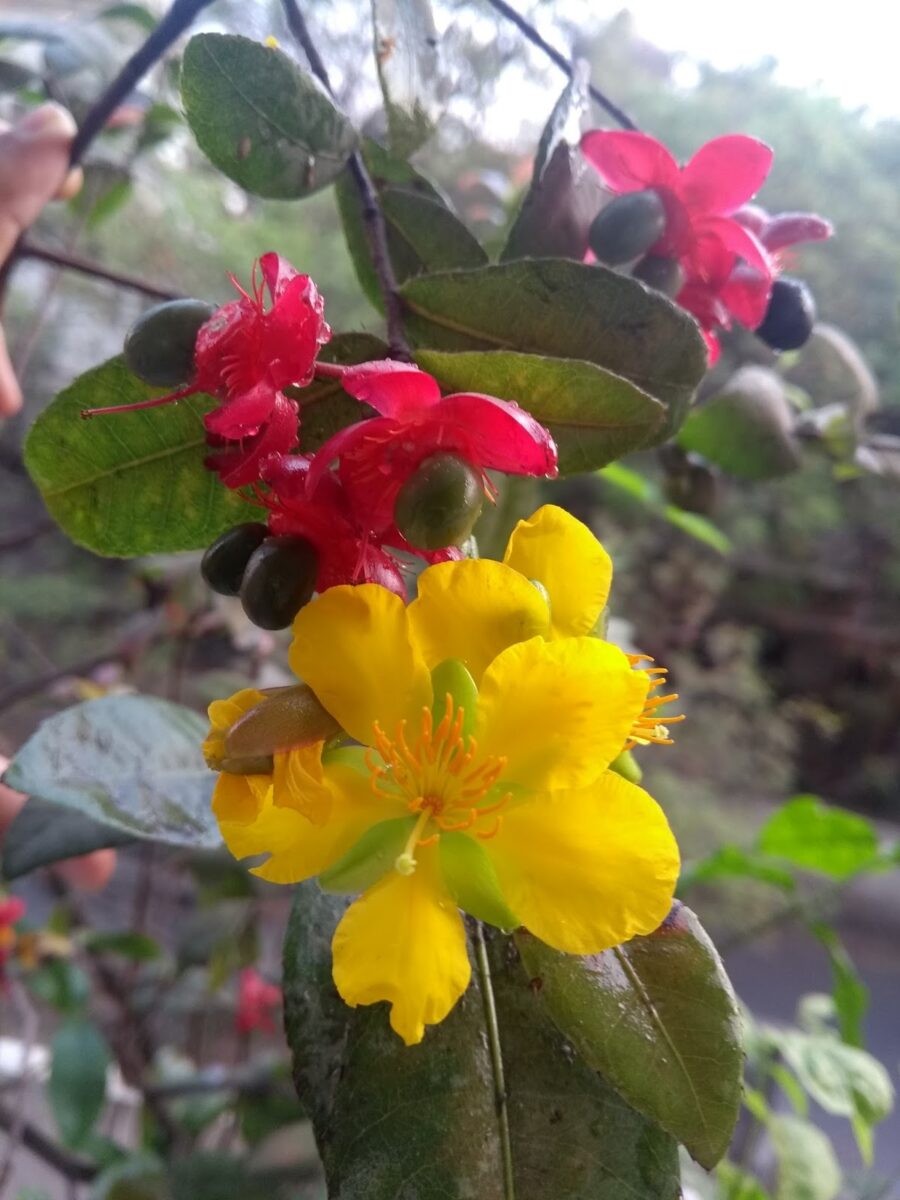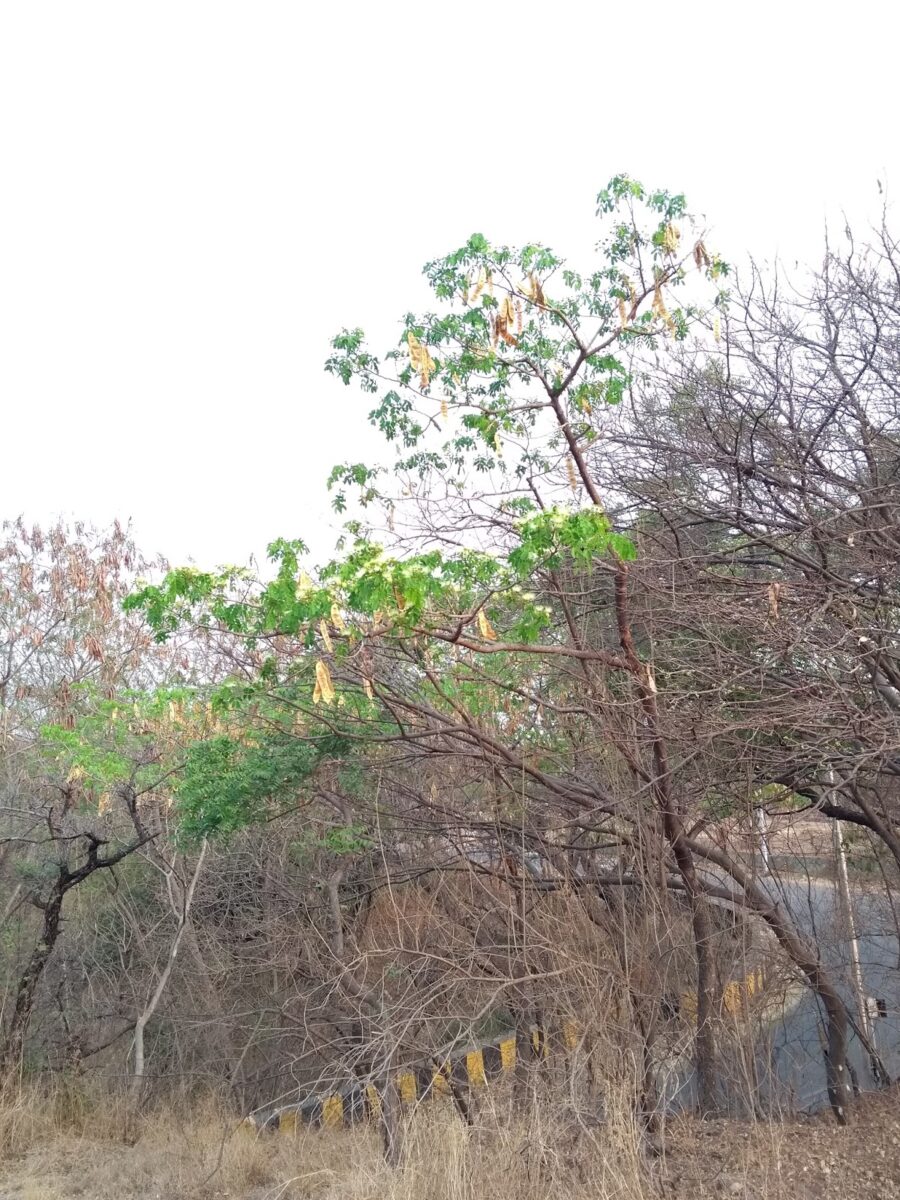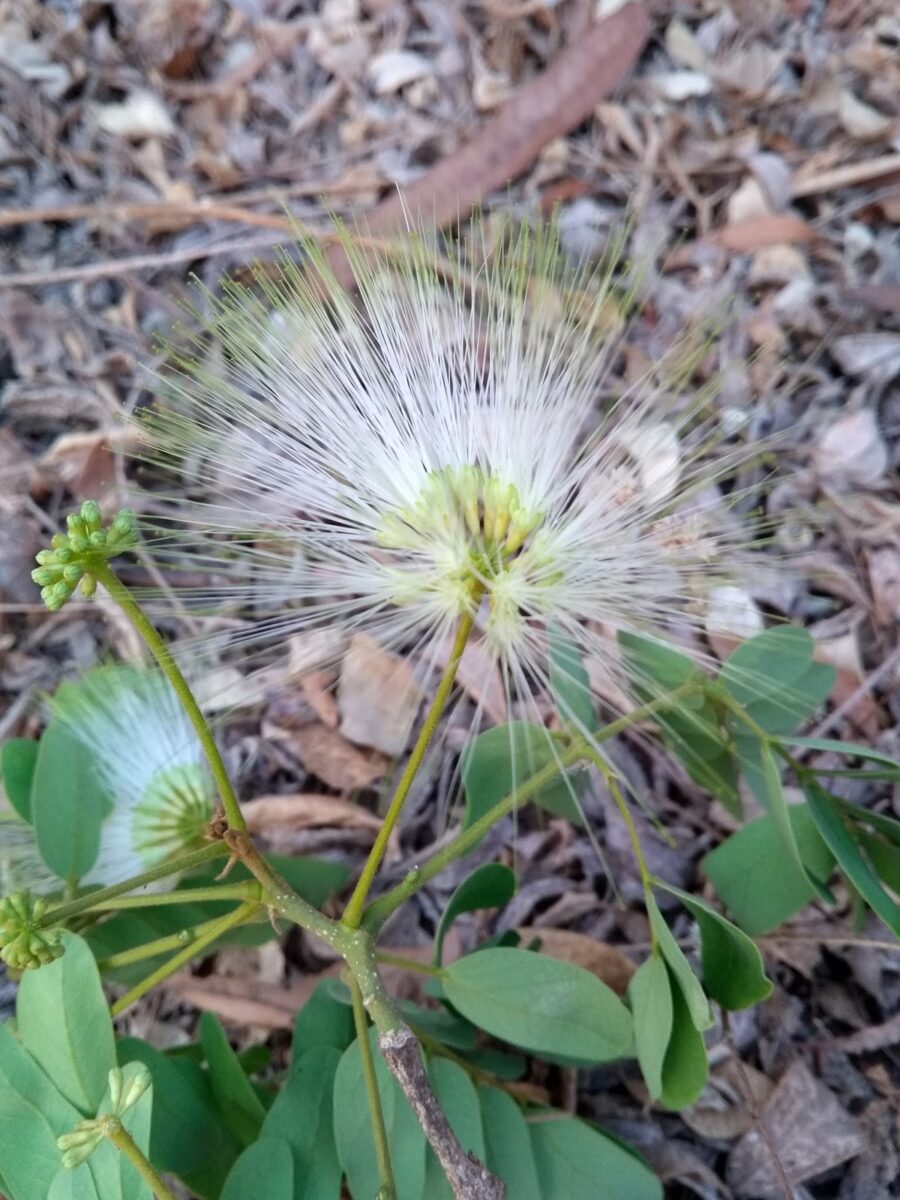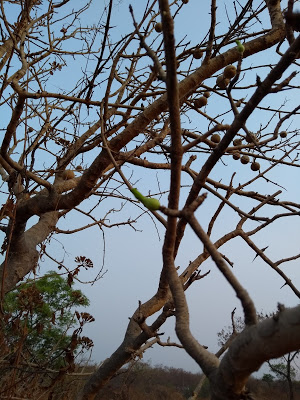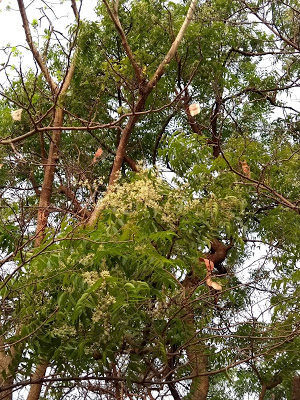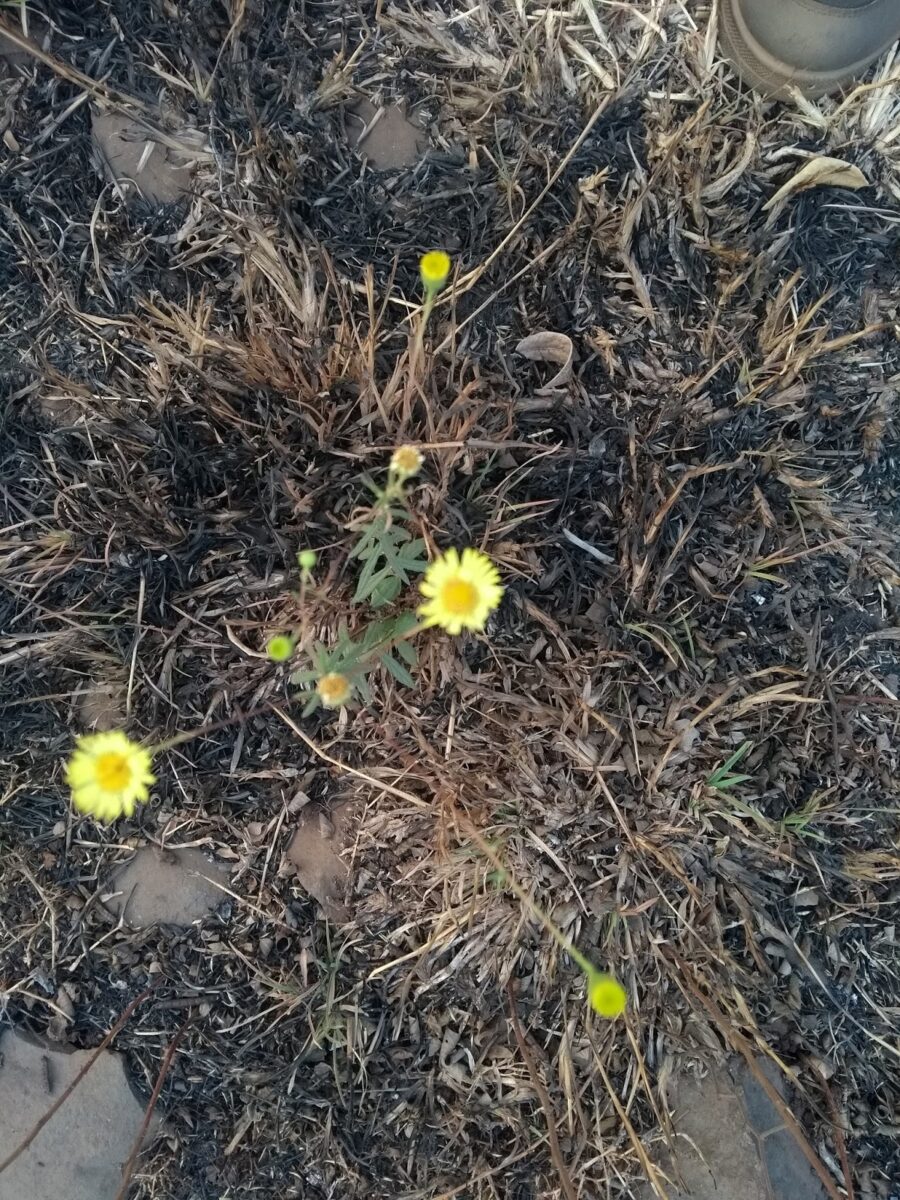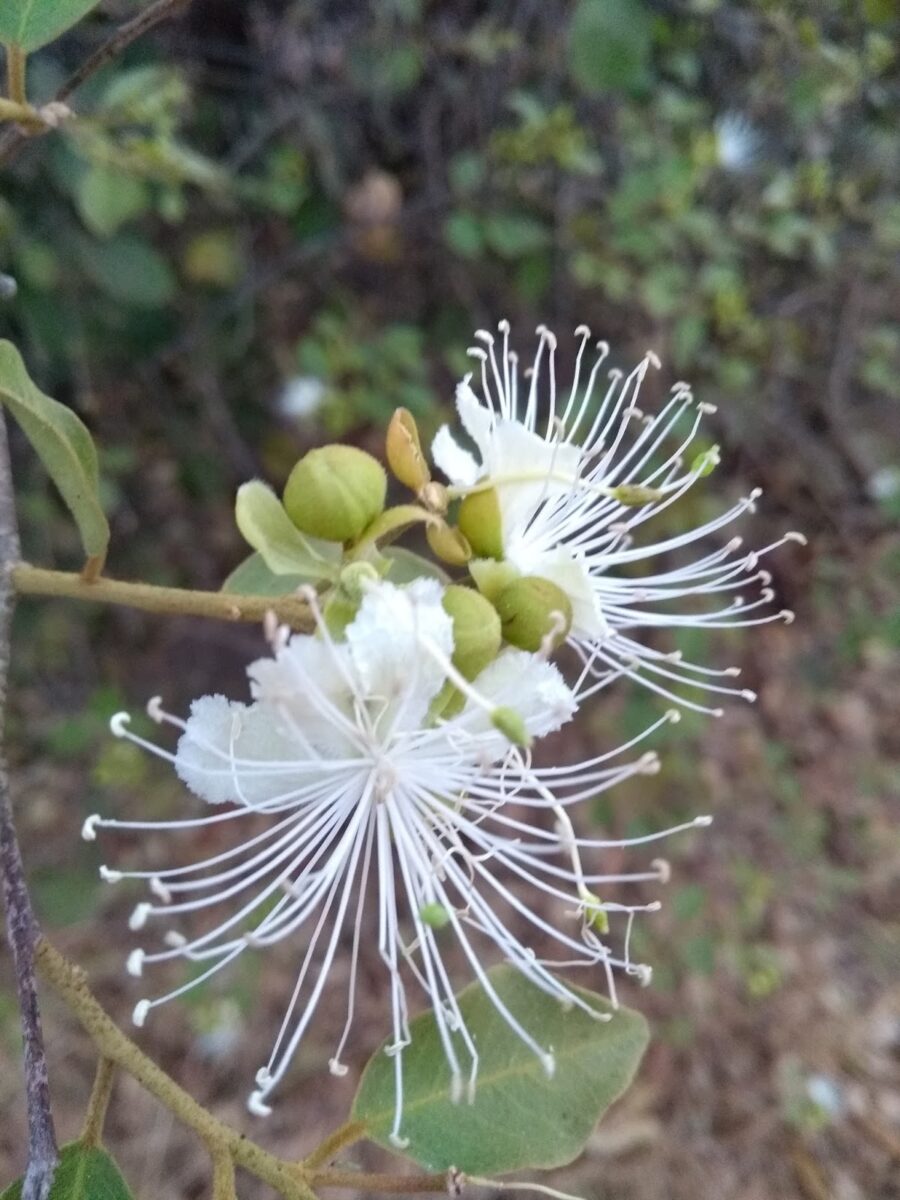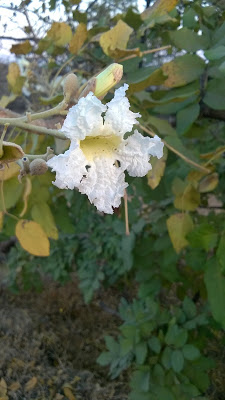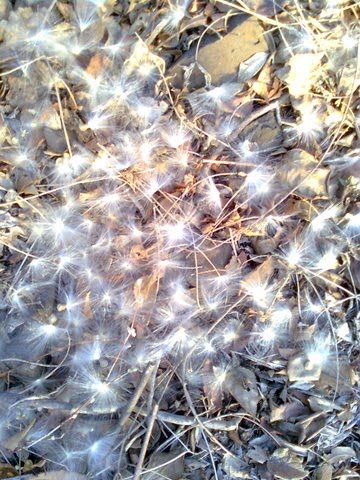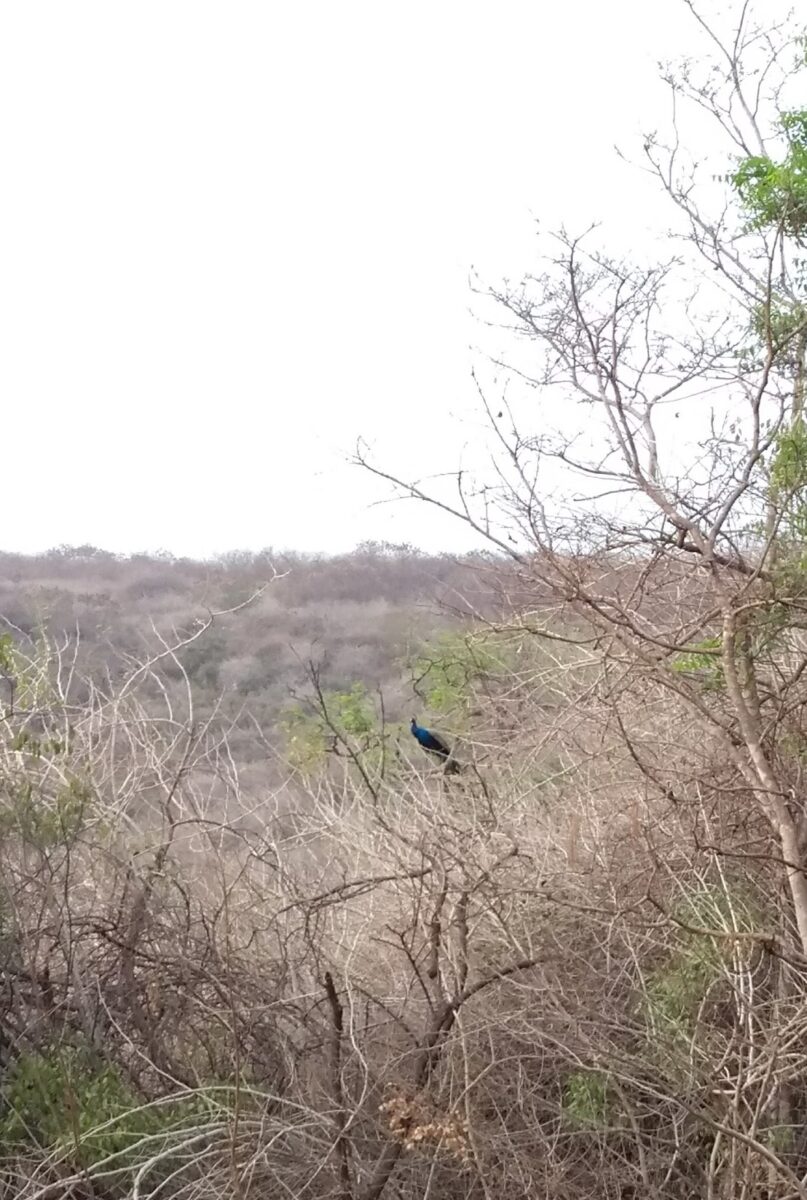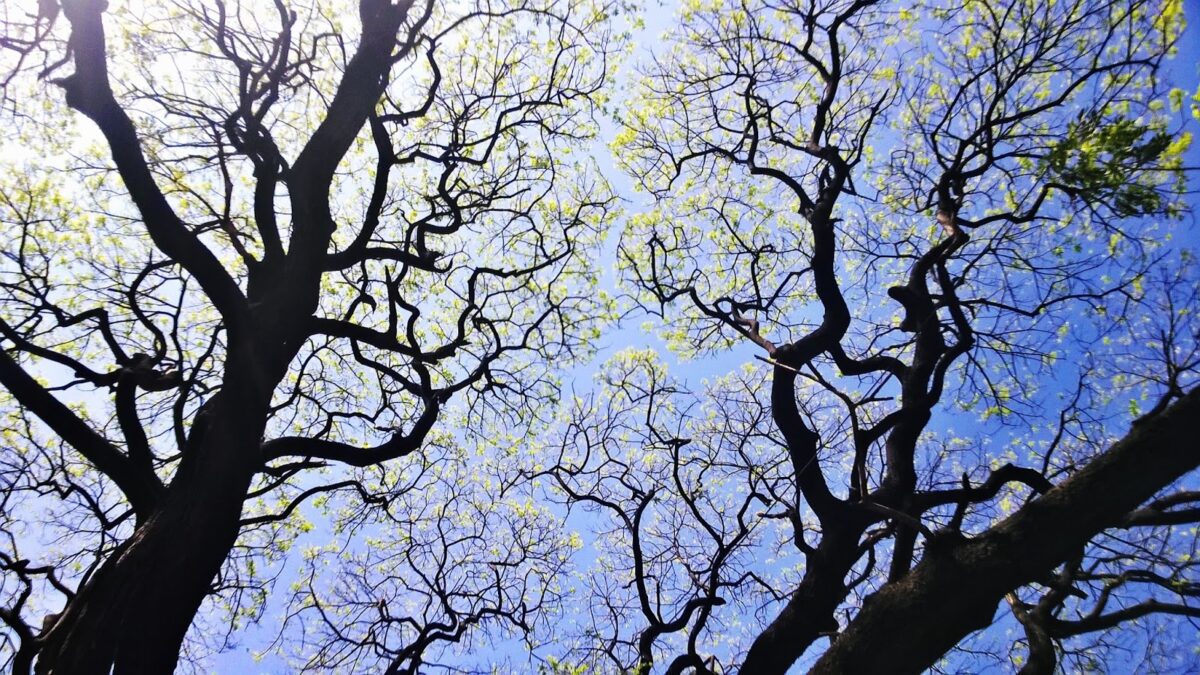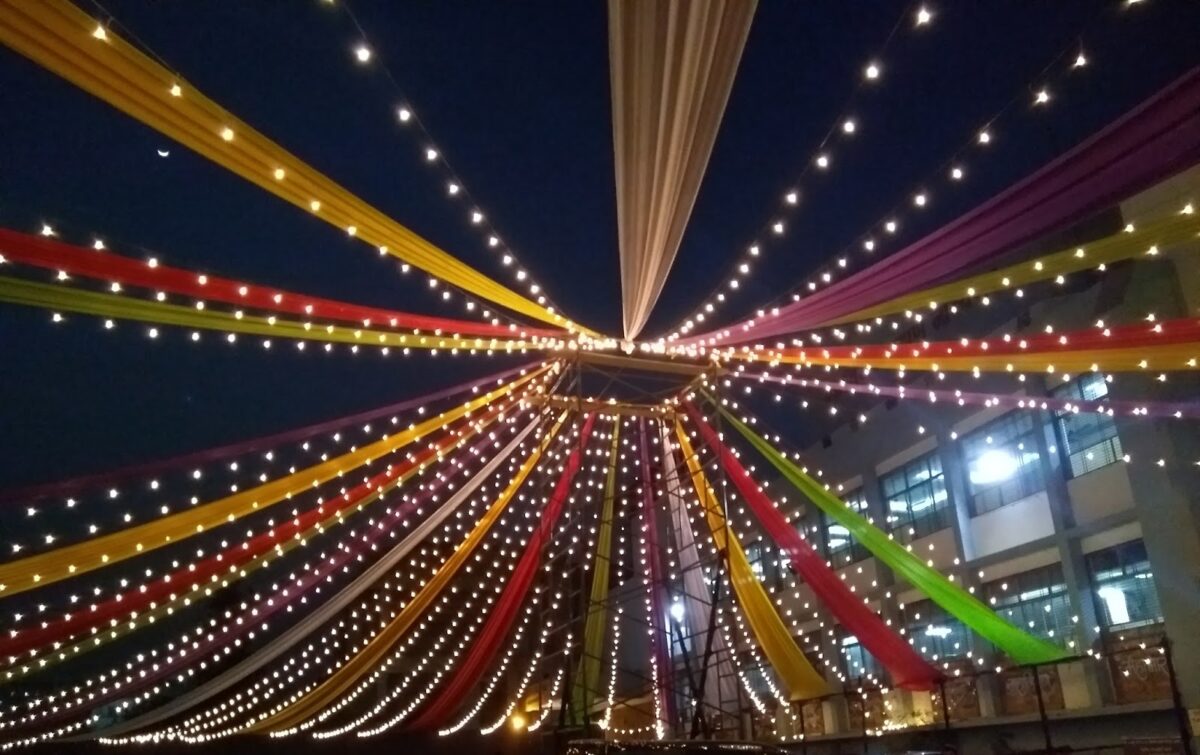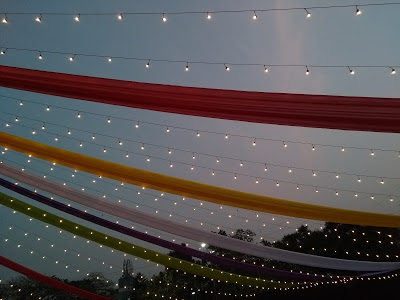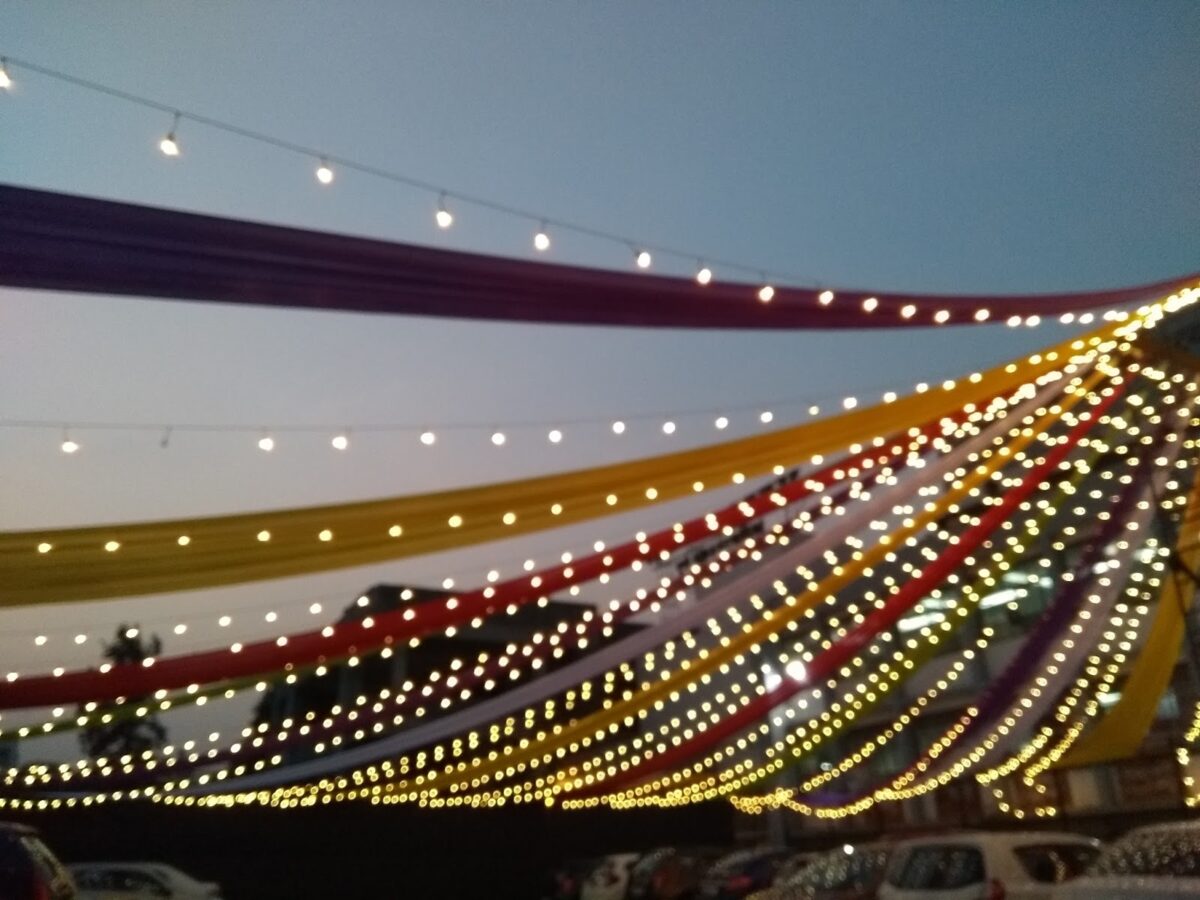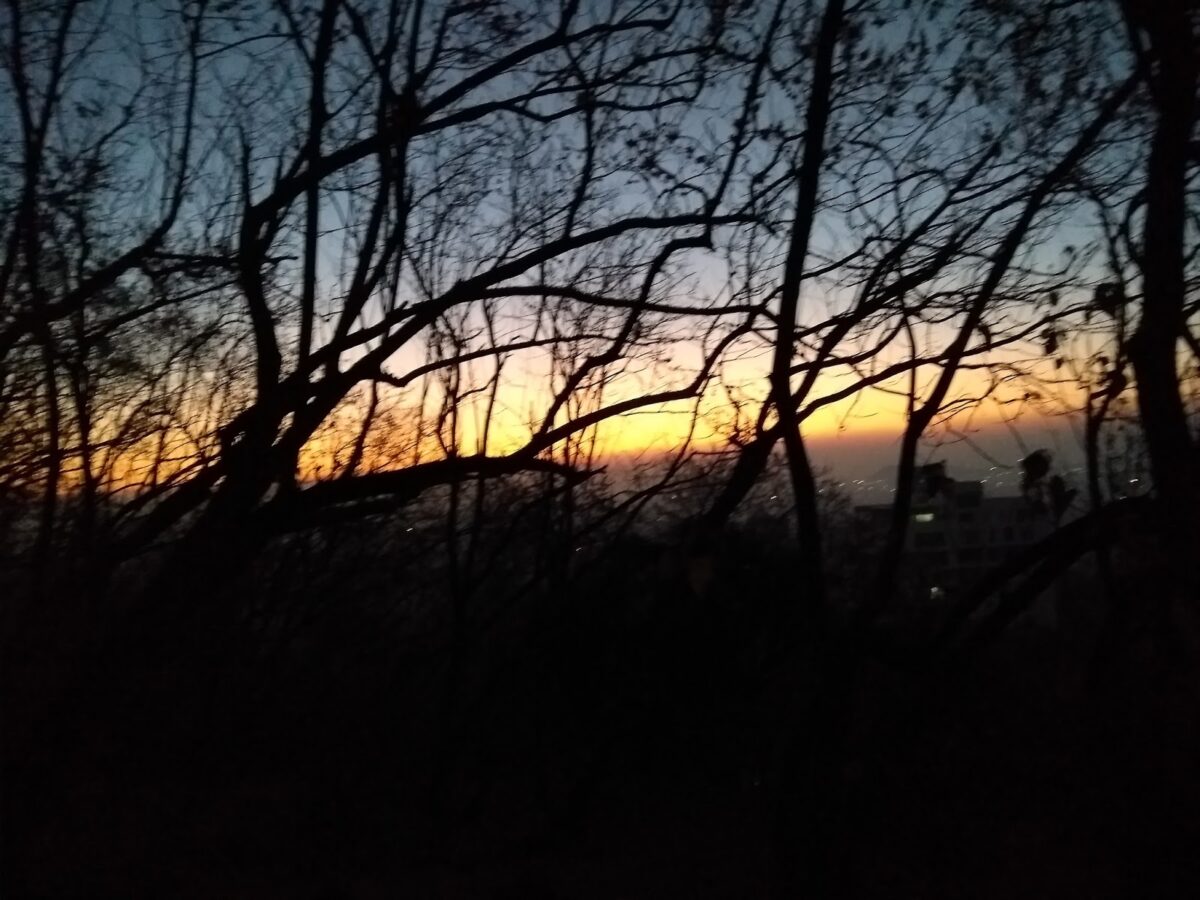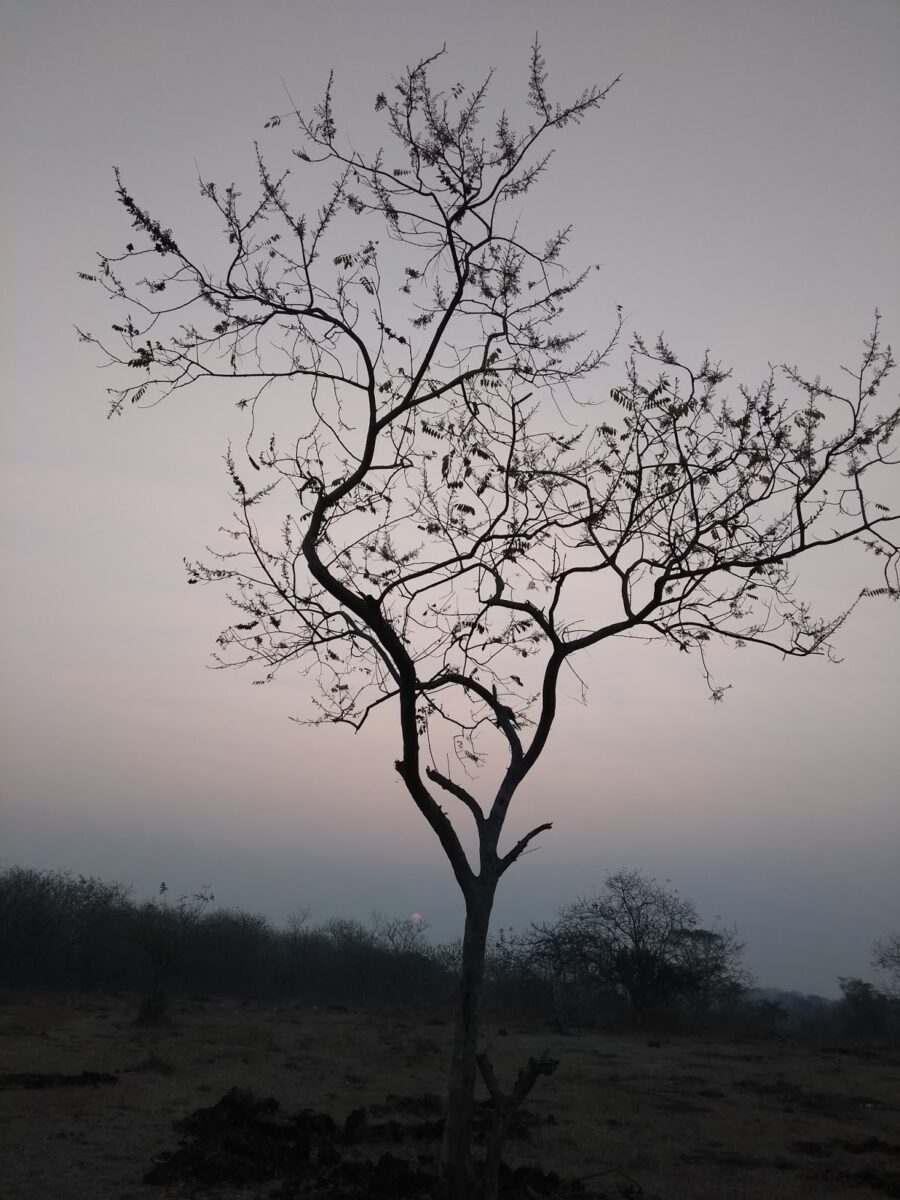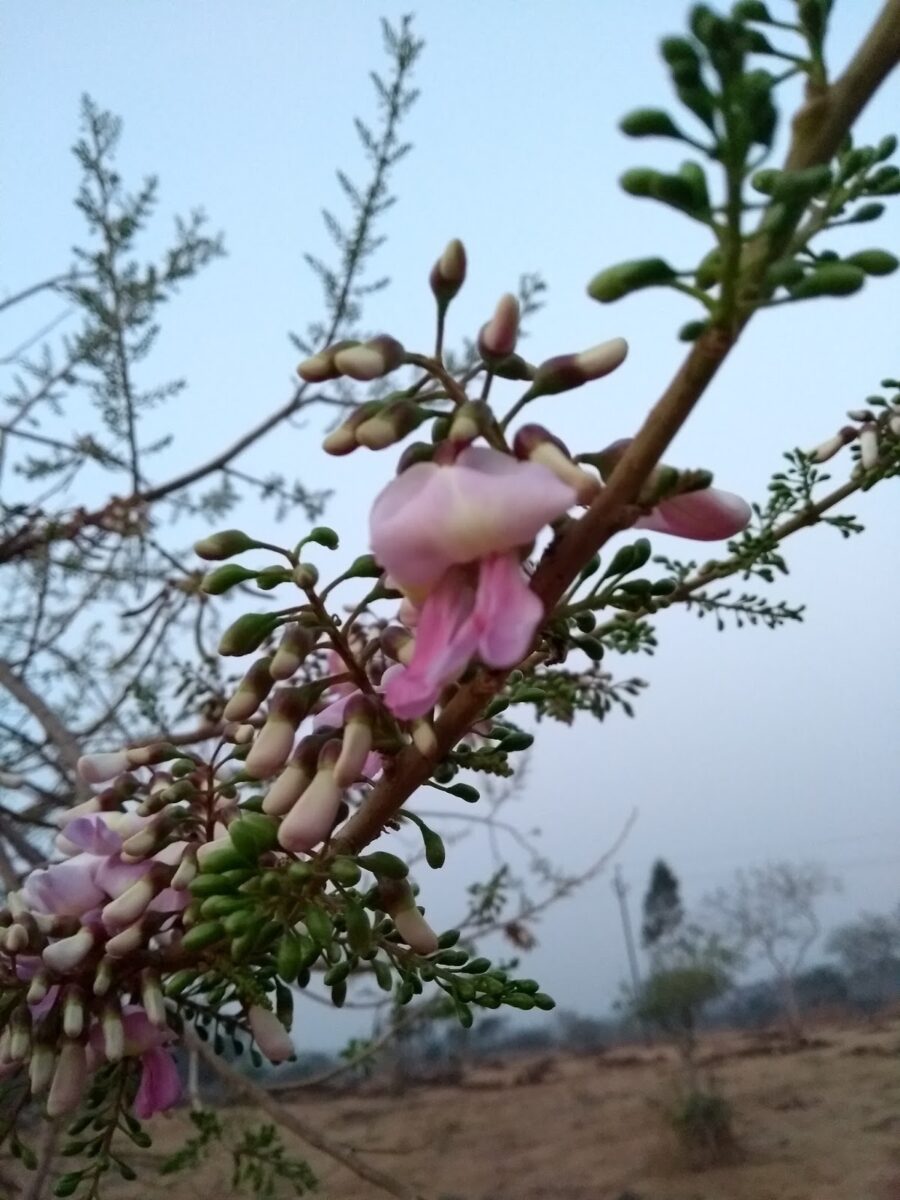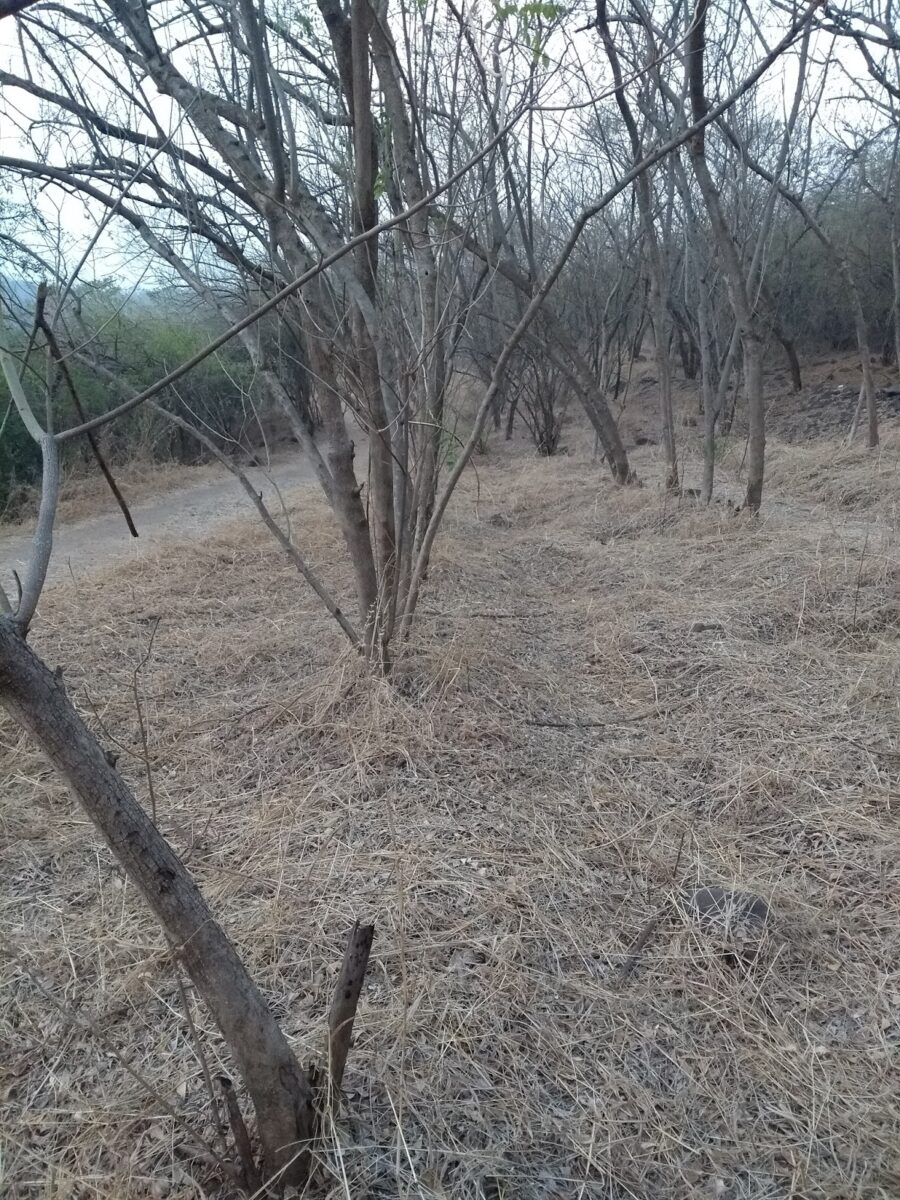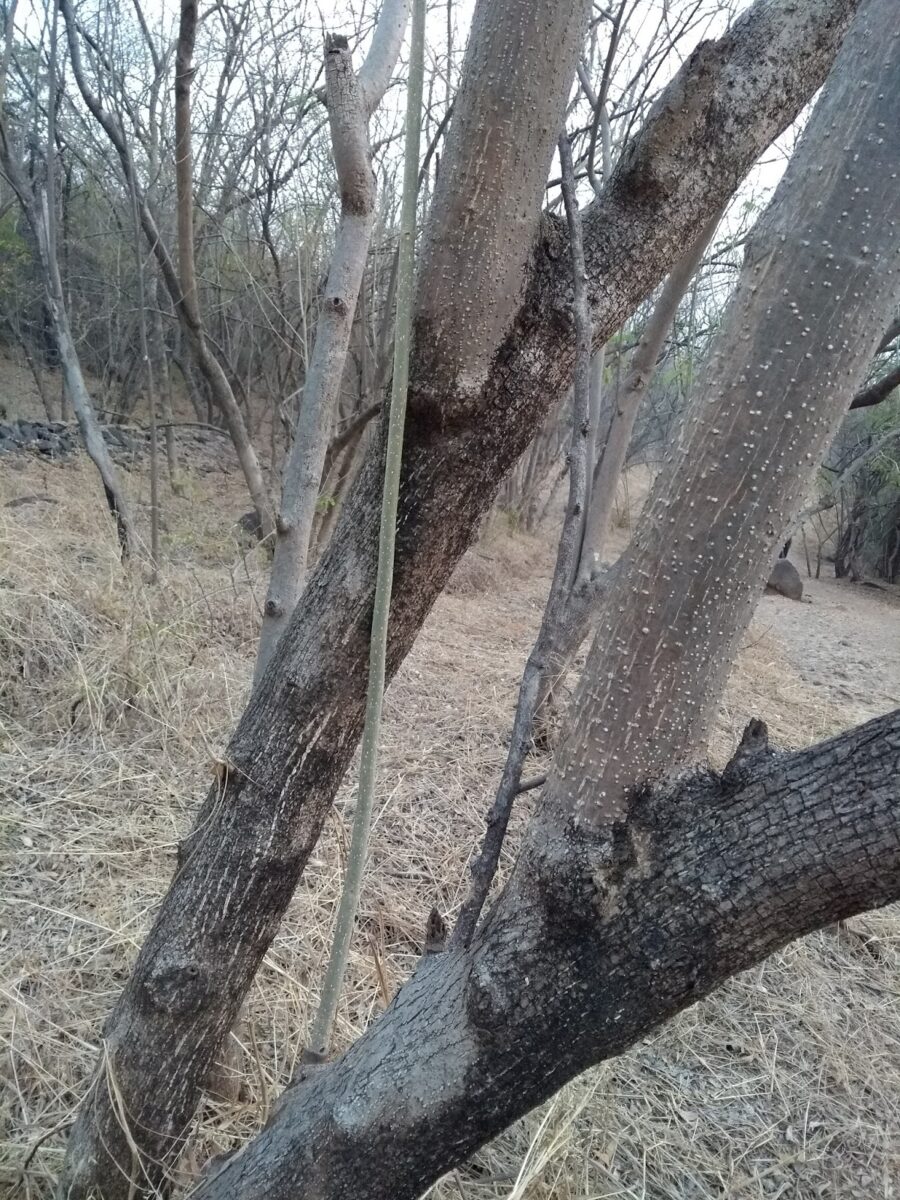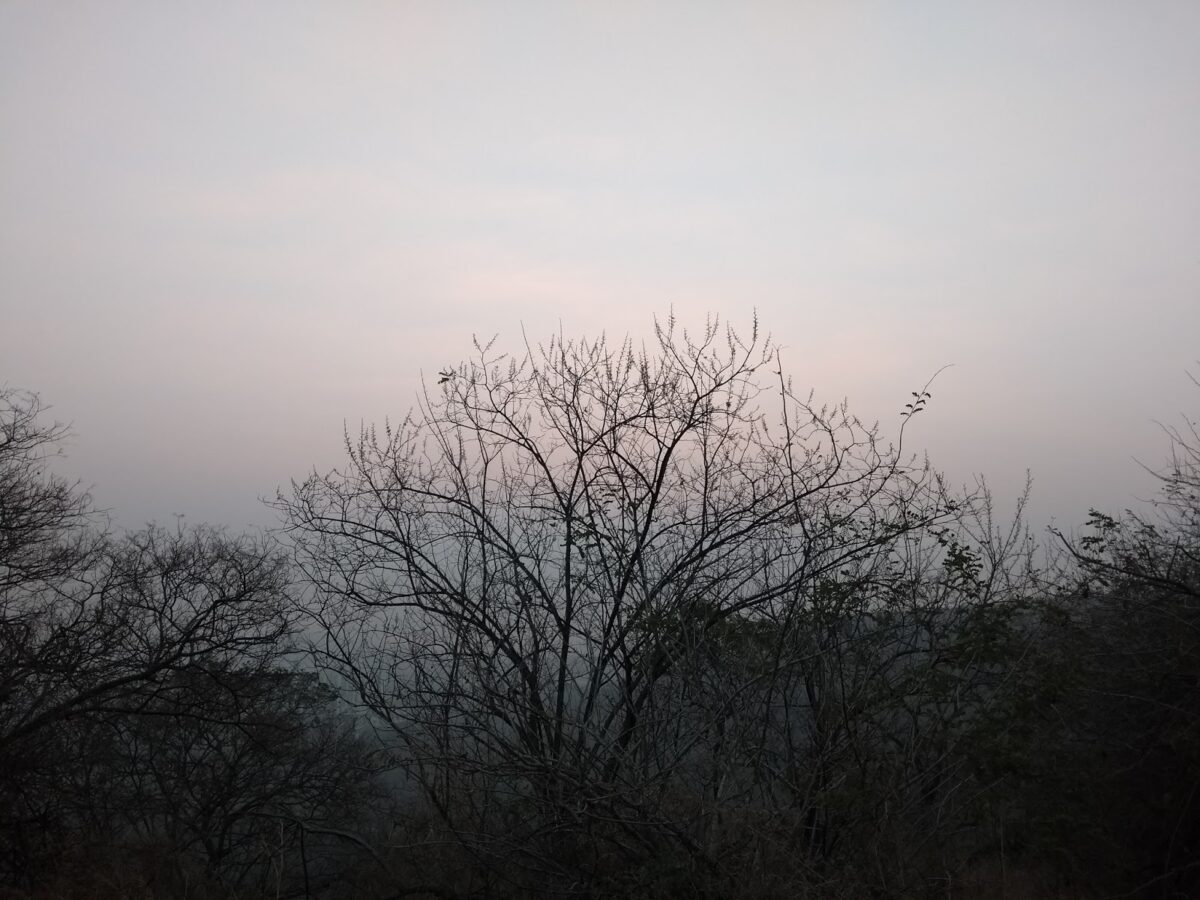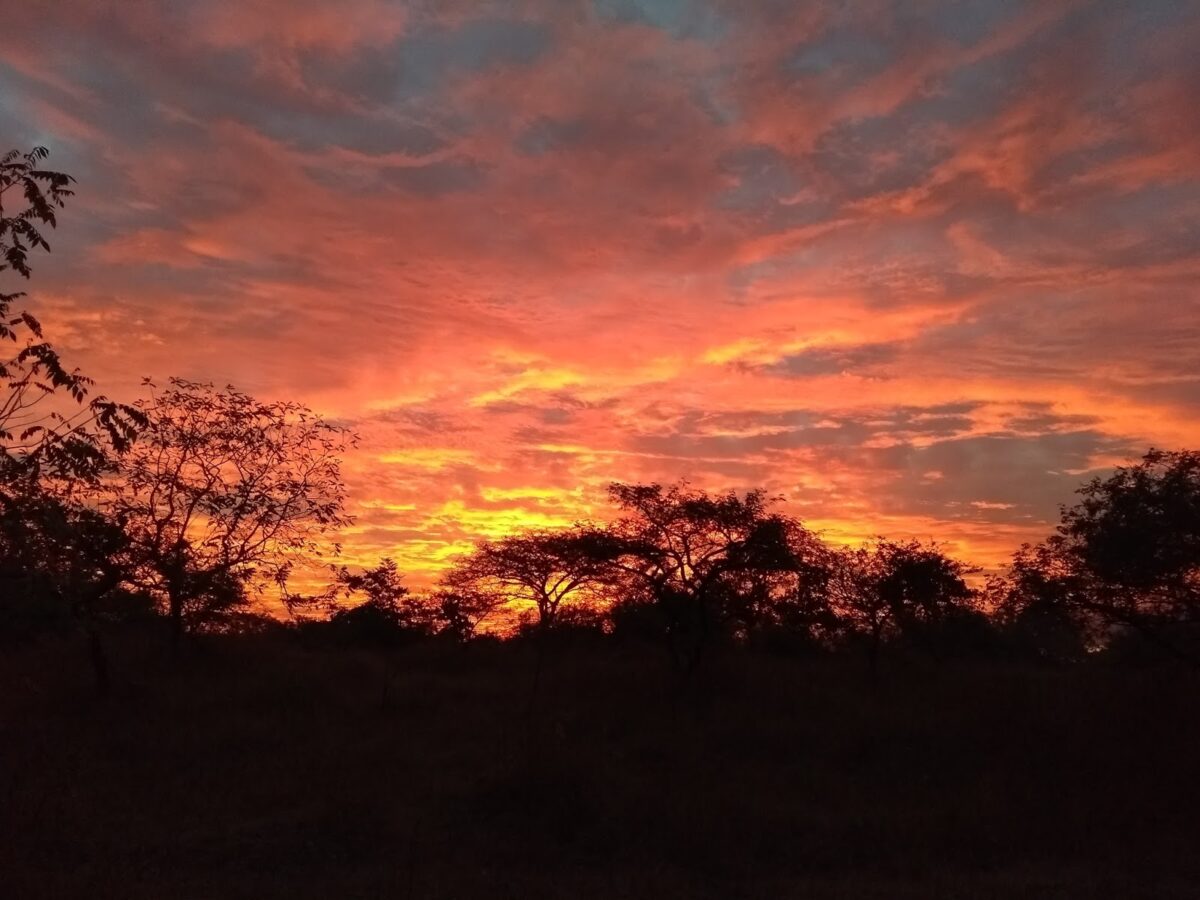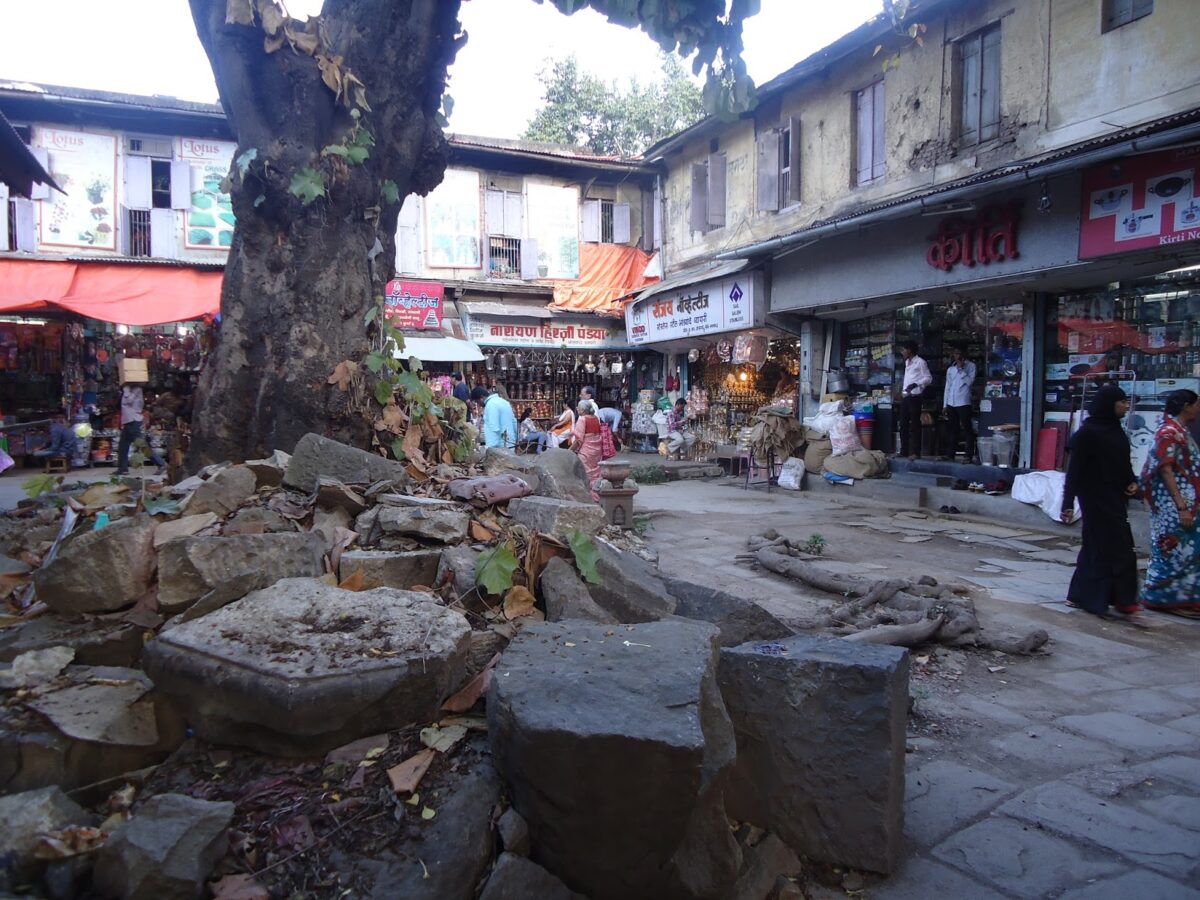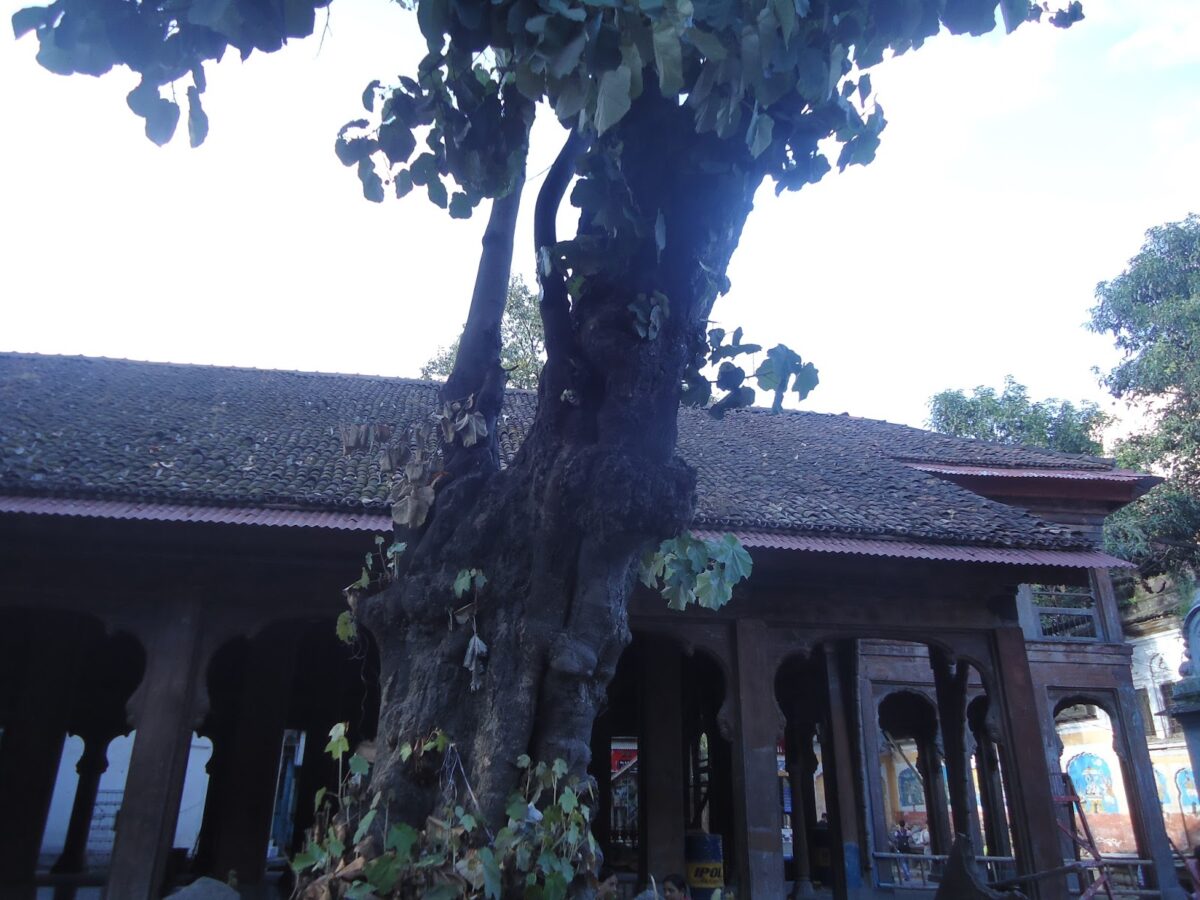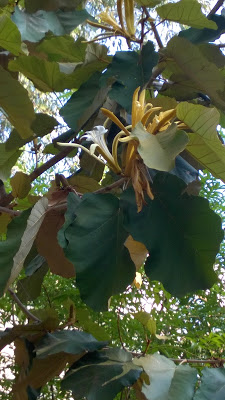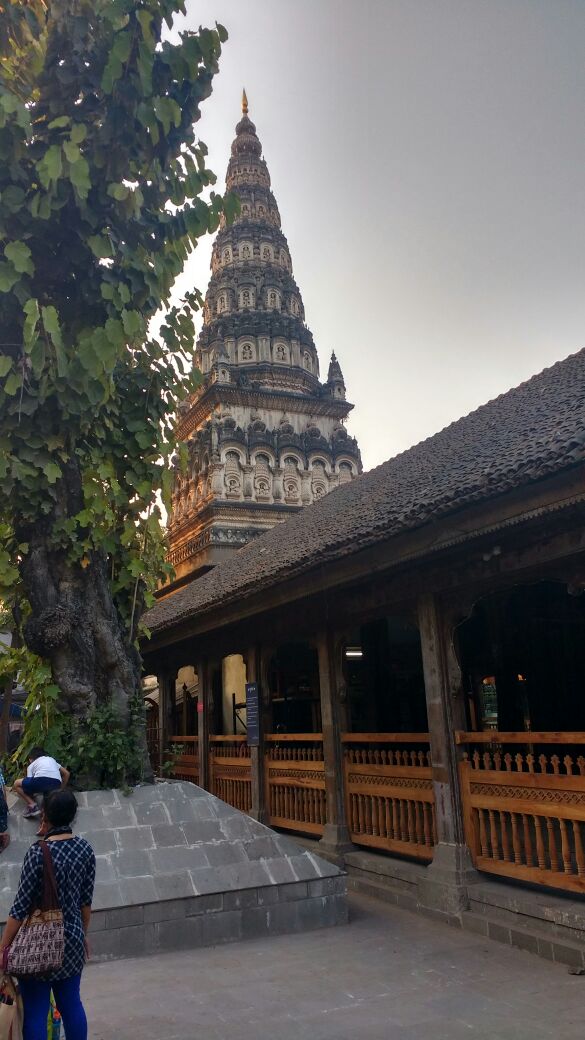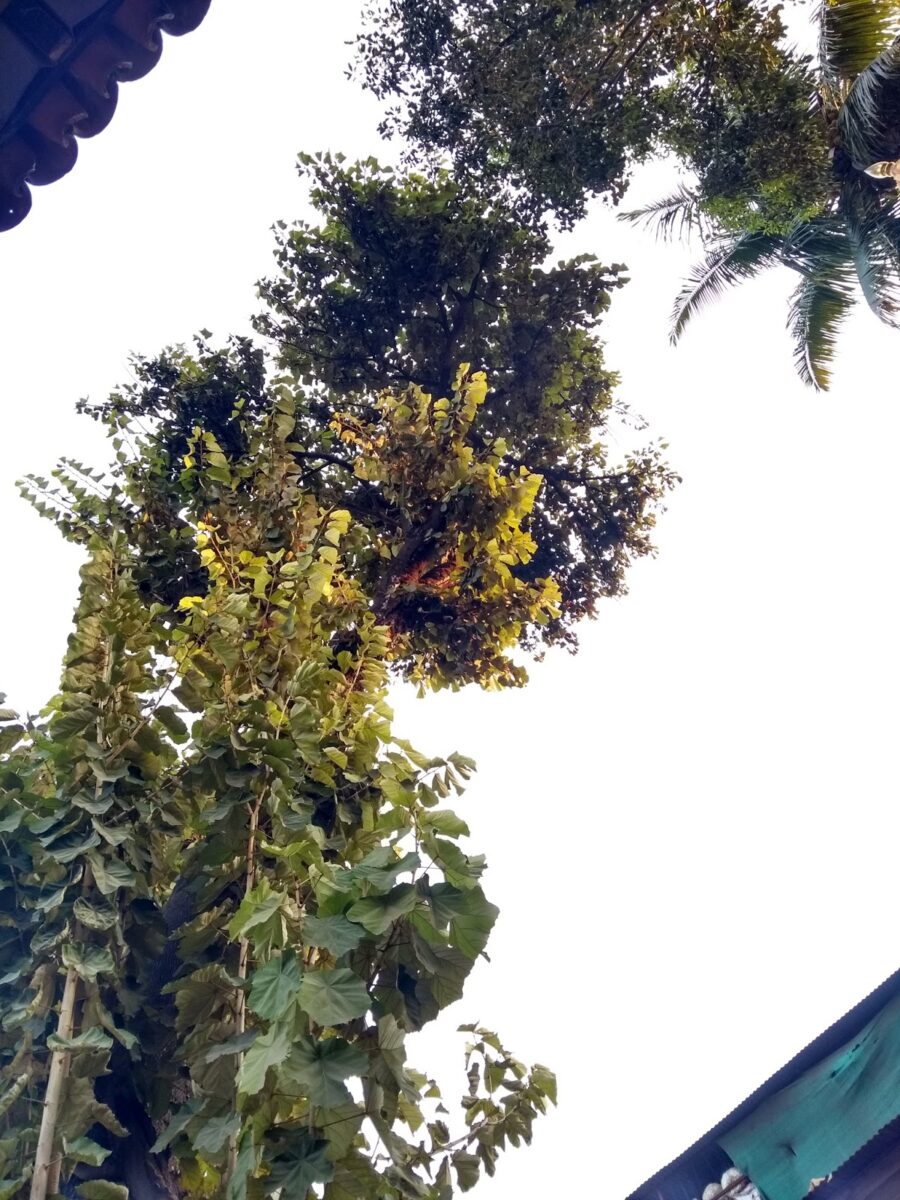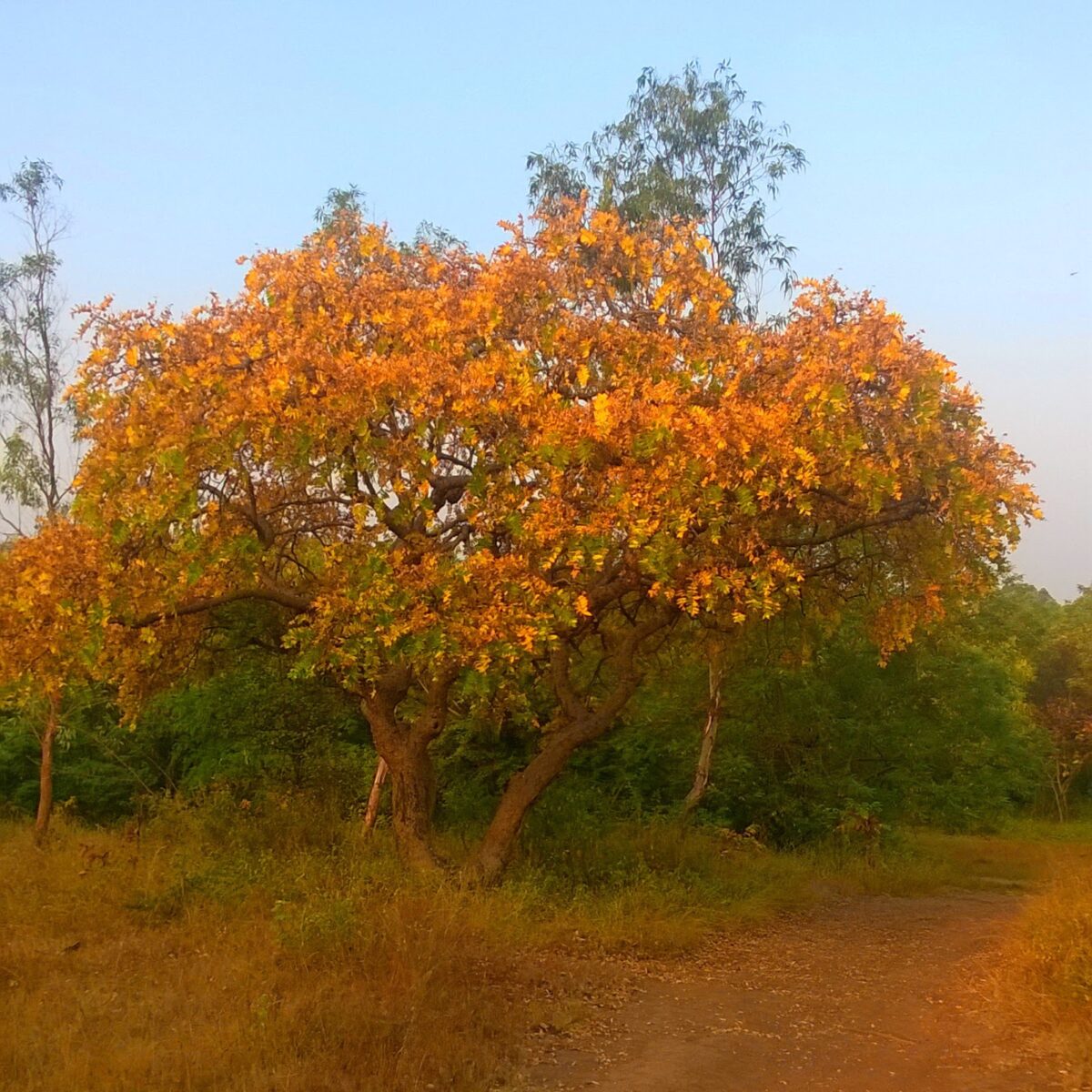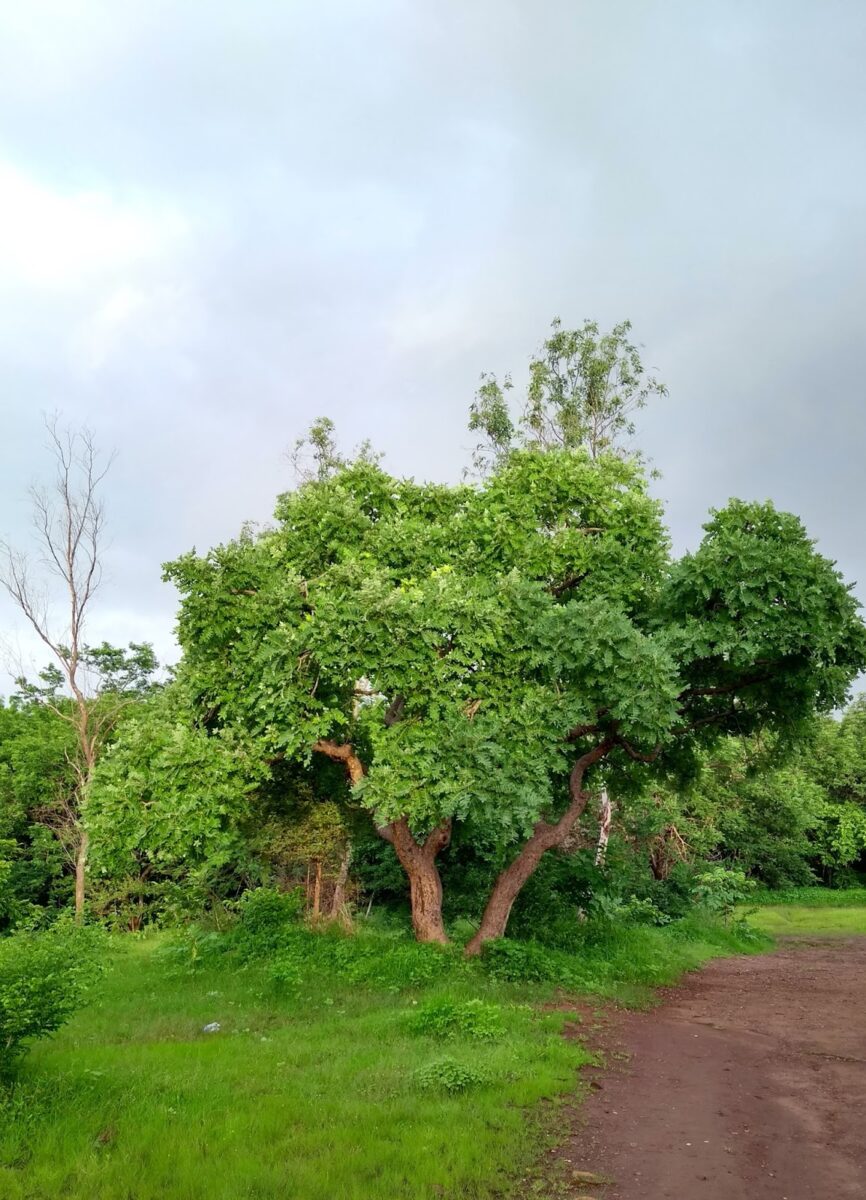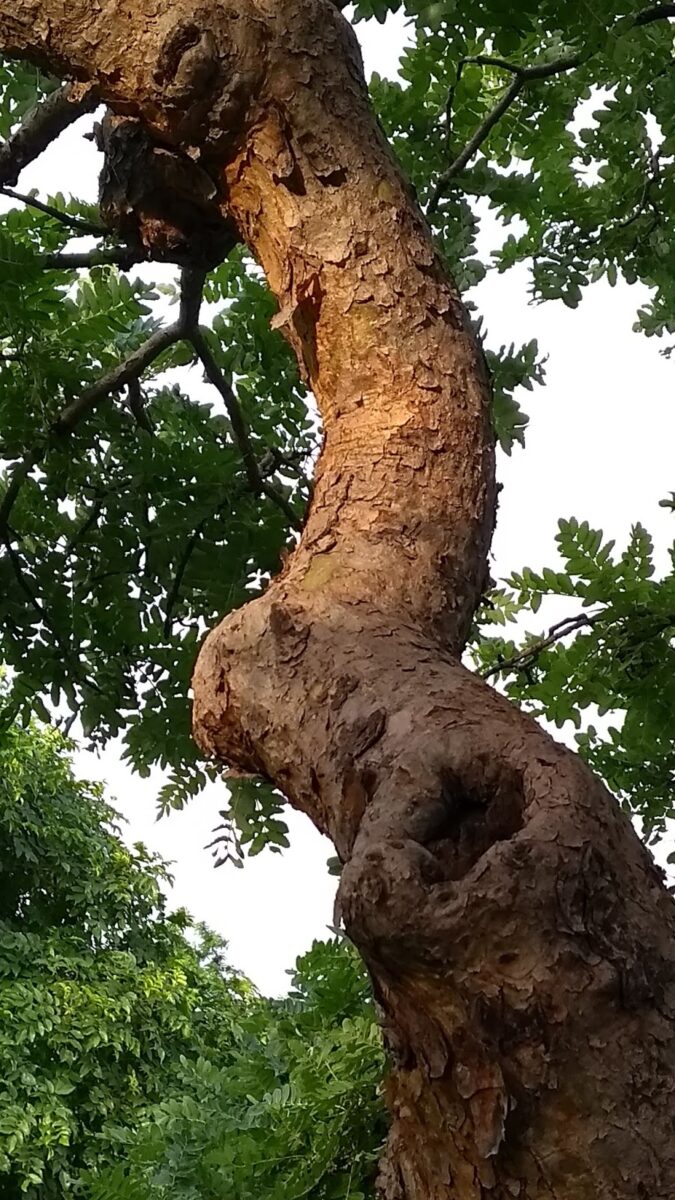
Welcome!
We are with the 2018 April AtoZ Blogging challenge and its my fifth attempt. For those who missed it, here is the link to my Theme Reveal post. Do the alphabets still stand for the same things we learnt about in Nursery school?
Its day two and the alphabet is B
B is for Ball.
That is the time honoured object that a child relates the second alphabet to. Possibly among her (used the feminine pronoun only for convenience – can just as well be him) first toys as well. As she grows up, the nature of earliest soft round colourful structure changes and possibly only the round shape remains.
It can become either a football, cricket ball, tennis ball, table tennis ball and so on…
At my stage in life, ball only refers to a golf ball. Rather should I say, its the weird propensity crows on our golf course have found for golf balls.
I am sure you are scratching your heads in confusion.
Let me clarify… Whenever someone hits a shot, no sooner than the ball lands on the fairway (or bunker) than a waiting crow swoops down and picks it up and flies away. All this happens as fast as one can blink their eyelids. Golf balls are not cheap and losing them on a regular basis can become stressful especially when the player may lose a stroke for the loss. To add insult to injury, the crows invariably steal the ball after a particularly good shot wherein it has landed in a wonderful position for a possible birdie. Suddenly, that word (birdie) doesnt sound funny!
 |
| A good shot lands on the green.. now possibly being eyed by a feathered foe sitting on a branch… |
We first faced this in the North East many many years ago. However, I guess picking up golf balls from the course has become a very popular avian sport and its common in Pune now. Do the birds confuse the balls with eggs? But then these are pretty heavy and quite unbreakable. I wonder if they stash these in some convenient branch or trunk hollow but we haven’t yet heard of the stolen balls being found.
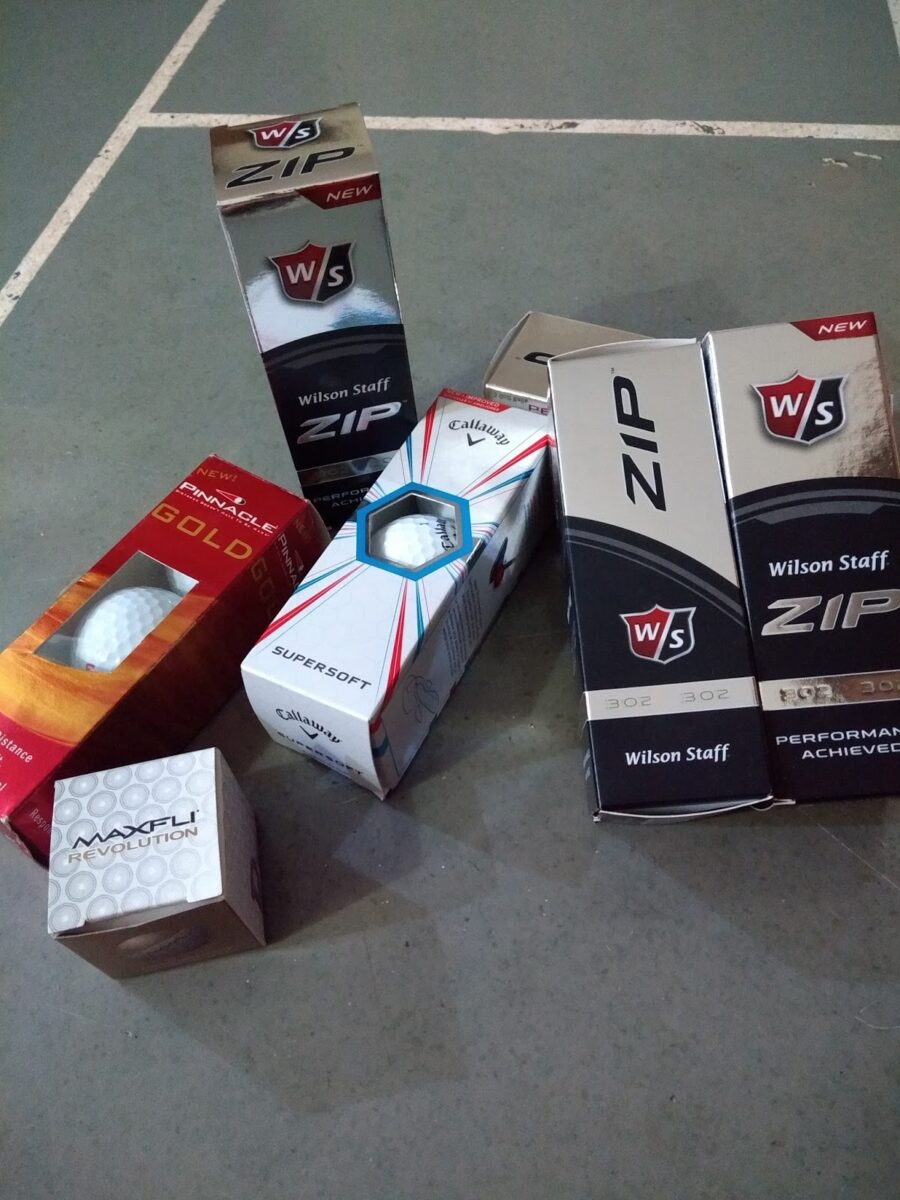 |
| This is dear hubby’s stash of unopened new golf balls! |
The above image is proof of the fear these birds have instilled in the hearts of golfers. They prefer to keep the brand new stuff at home …
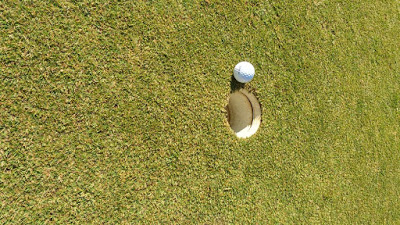 |
| So near yet so far.. |
Is this bird behaviour seen across India and maybe other parts of the world as well?
Do share!!
The nasty me surfaces in the first question I ask hubby on returning, “how many pars for you and what’s the score for the crows?”
😉
